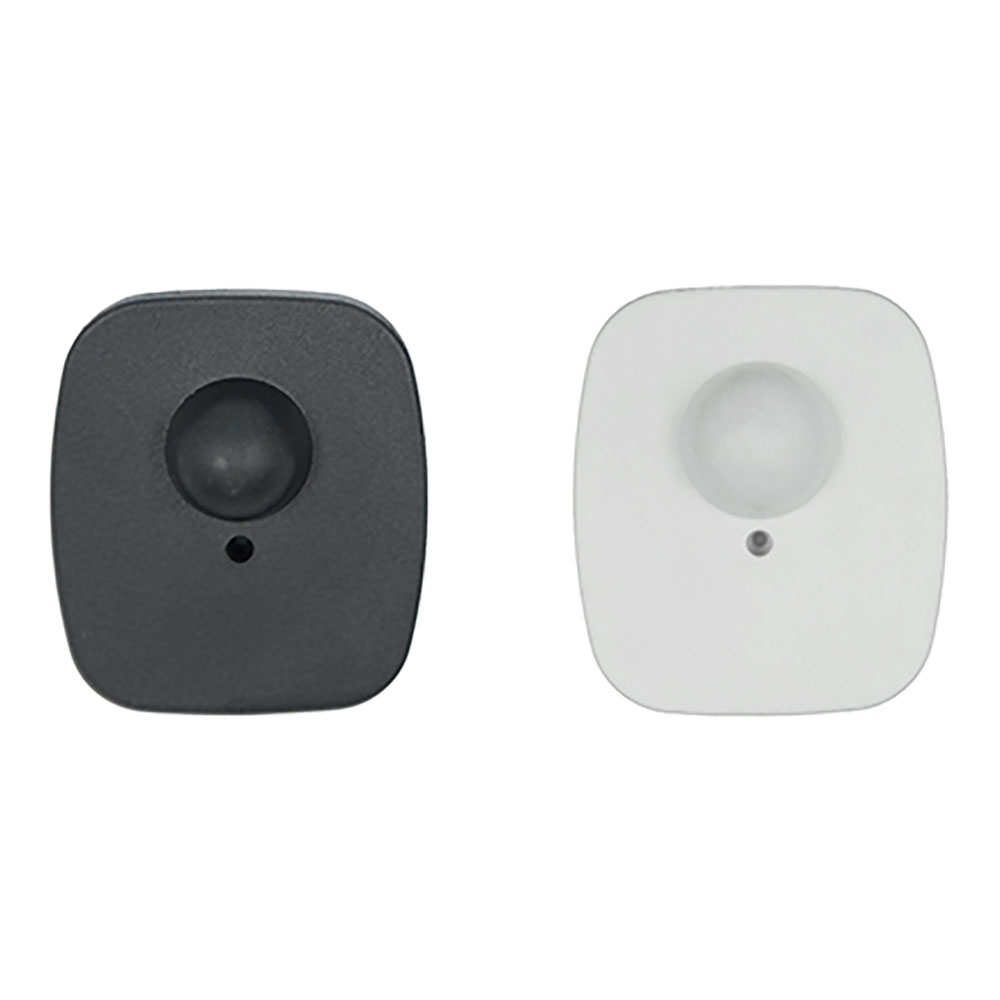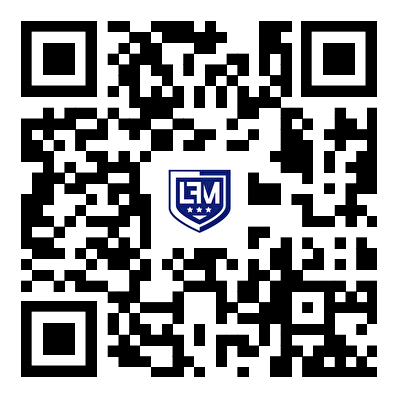- English
- Español
- Português
- русский
- Français
- 日本語
- Deutsch
- tiếng Việt
- Italiano
- Nederlands
- ภาษาไทย
- Polski
- 한국어
- Svenska
- magyar
- Malay
- বাংলা ভাষার
- Dansk
- Suomi
- हिन्दी
- Pilipino
- Türkçe
- Gaeilge
- العربية
- Indonesia
- Norsk
- تمل
- český
- ελληνικά
- український
- Javanese
- فارسی
- தமிழ்
- తెలుగు
- नेपाली
- Burmese
- български
- ລາວ
- Latine
- Қазақша
- Euskal
- Azərbaycan
- Slovenský jazyk
- Македонски
- Lietuvos
- Eesti Keel
- Română
- Slovenski
- मराठी
- Srpski језик
What is the difference between RFID and EAS tags?
2024-04-15
RFID (Radio Frequency Identification) and EAS (Electronic Article Surveillance) tags are both used for security and tracking purposes, but they operate differently and serve distinct purposes.
RFID tags use radio waves to transmit data wirelessly to an RFID reader.
They contain an integrated circuit and an antenna that enable them to communicate with RFID readers.
RFID tags can store and transmit a wide range of information, such as product details, inventory levels, and unique identifiers.
RFID technology is commonly used for inventory management, supply chain tracking, asset tracking, contactless payment systems, and access control.
RFID tags can be read from a distance and do not require line-of-sight access, allowing for rapid and automated data collection.
EAS tags are typically used for theft prevention and security purposes in retail stores.
They consist of a small electronic device that sets off an alarm when passing through an EAS detection system installed at the store's exit.
EAS tags are designed to deter shoplifting and unauthorized removal of merchandise from the store.
Unlike RFID tags, EAS tags do not transmit data or communicate with readers beyond setting off an alarm.
EAS systems rely on electromagnetic or acousto-magnetic technology to detect the presence of EAS tags within a specified detection zone.
EAS tags are commonly used on clothing, accessories, electronics, and other high-value items in retail stores.
In summary, RFID tags are used for data collection, tracking, and identification purposes, while EAS tags are primarily used for theft prevention and security in retail environments. While there may be some overlap in their applications, they serve different functions within the realm of security and tracking technologies.




